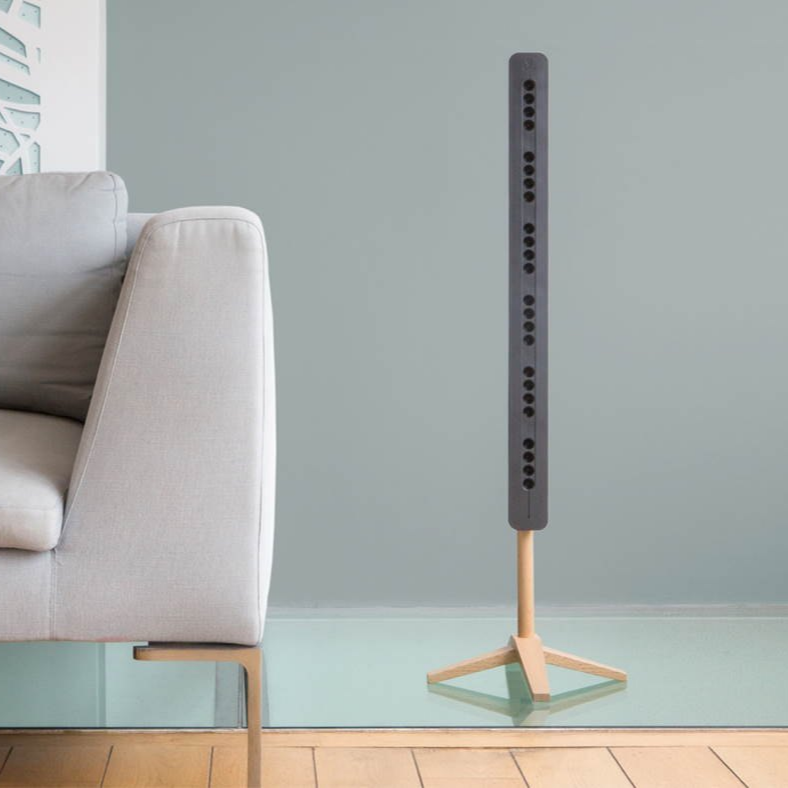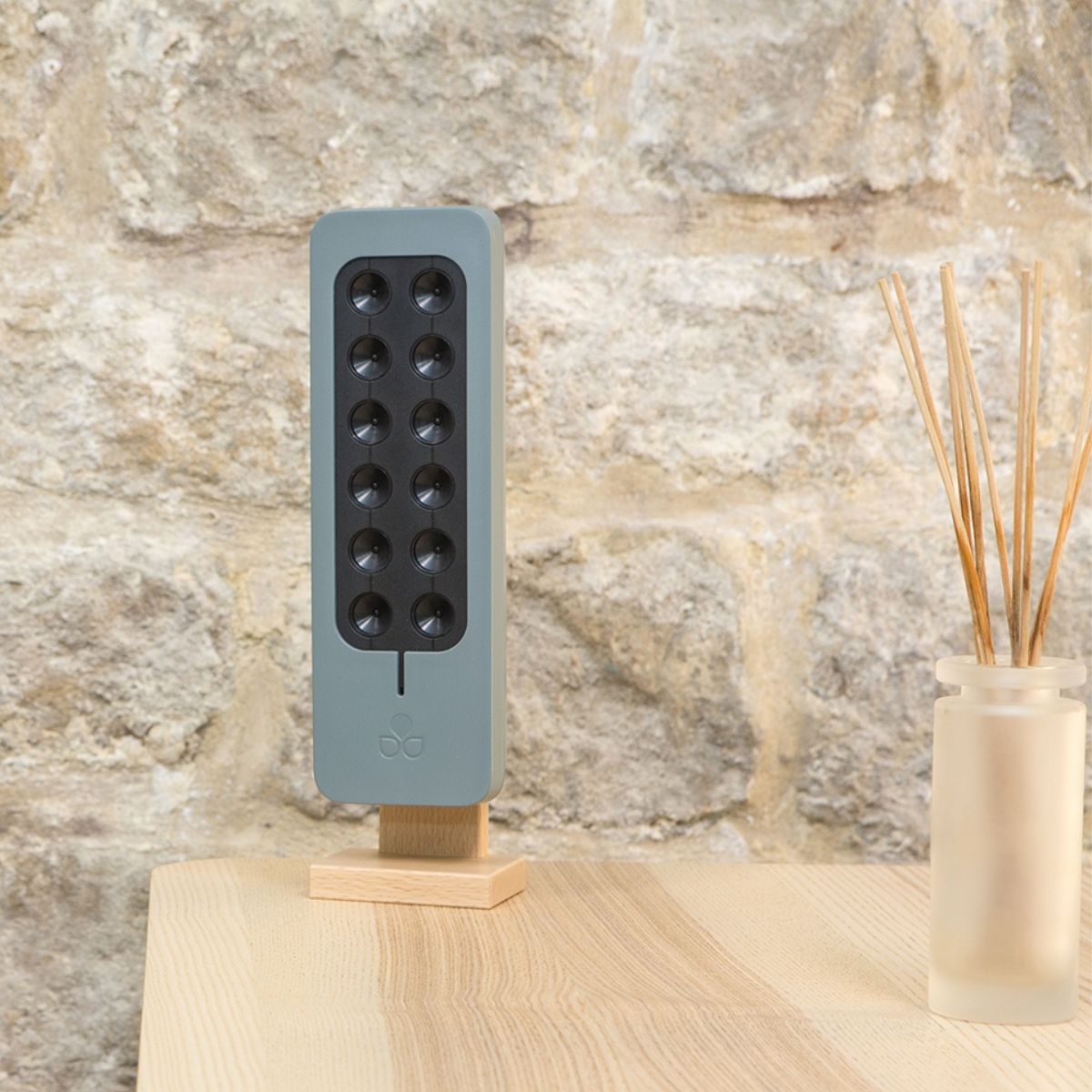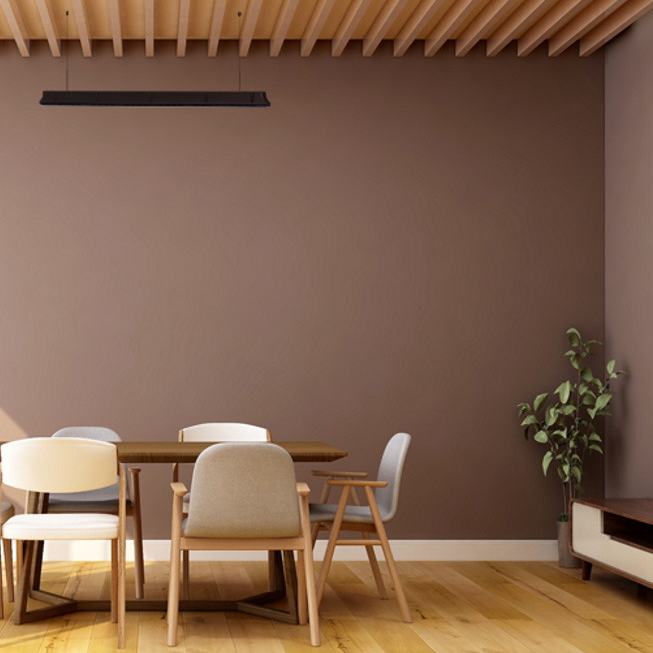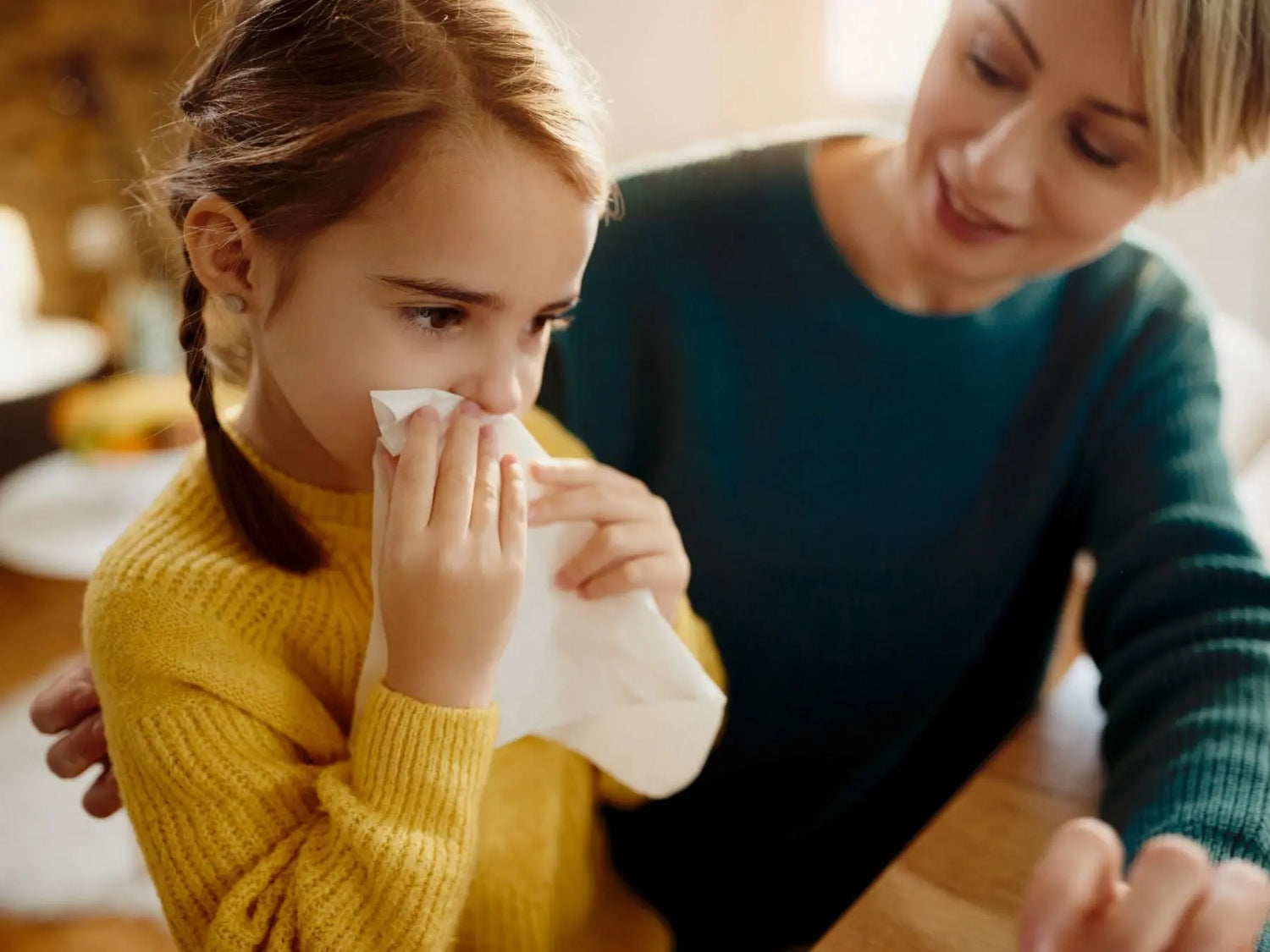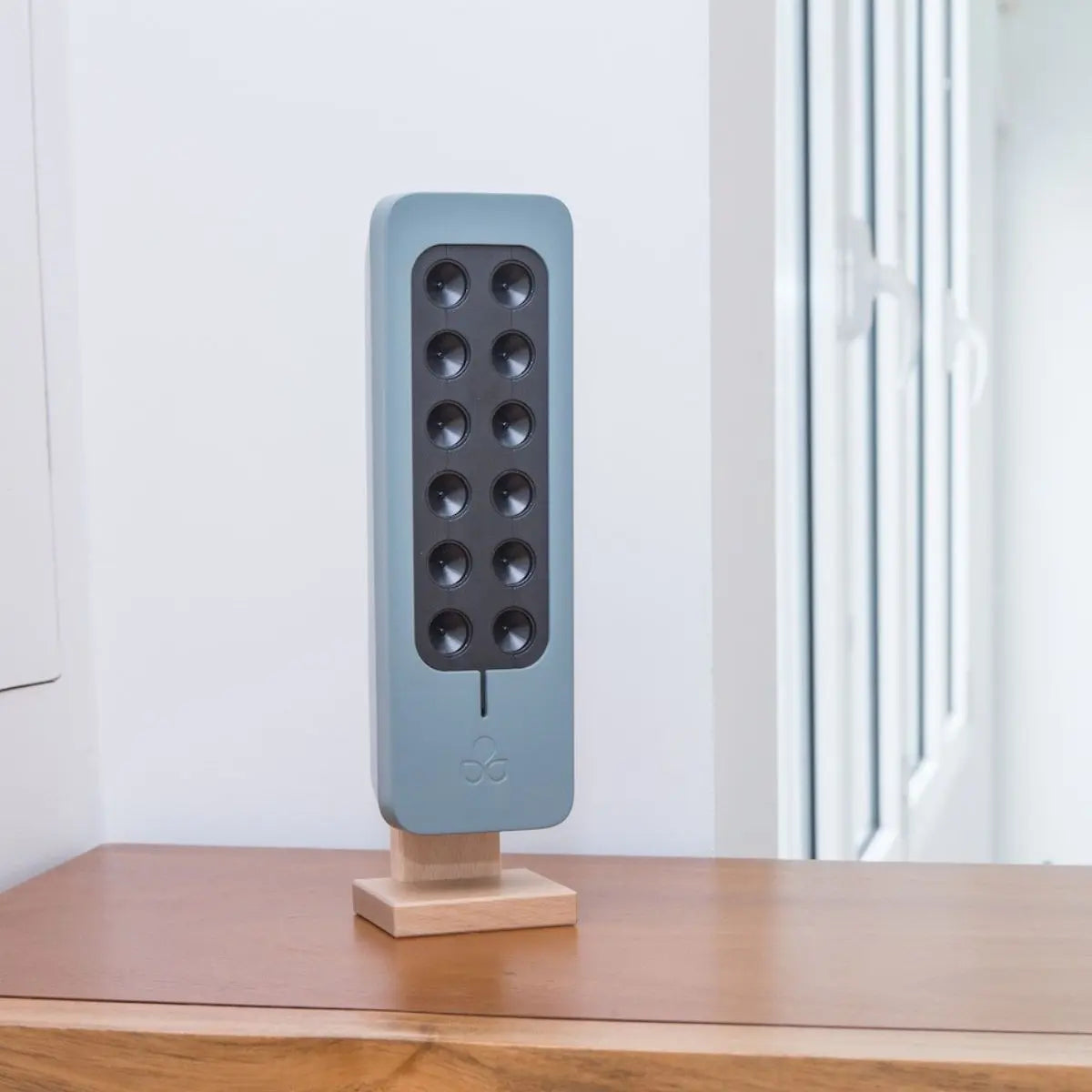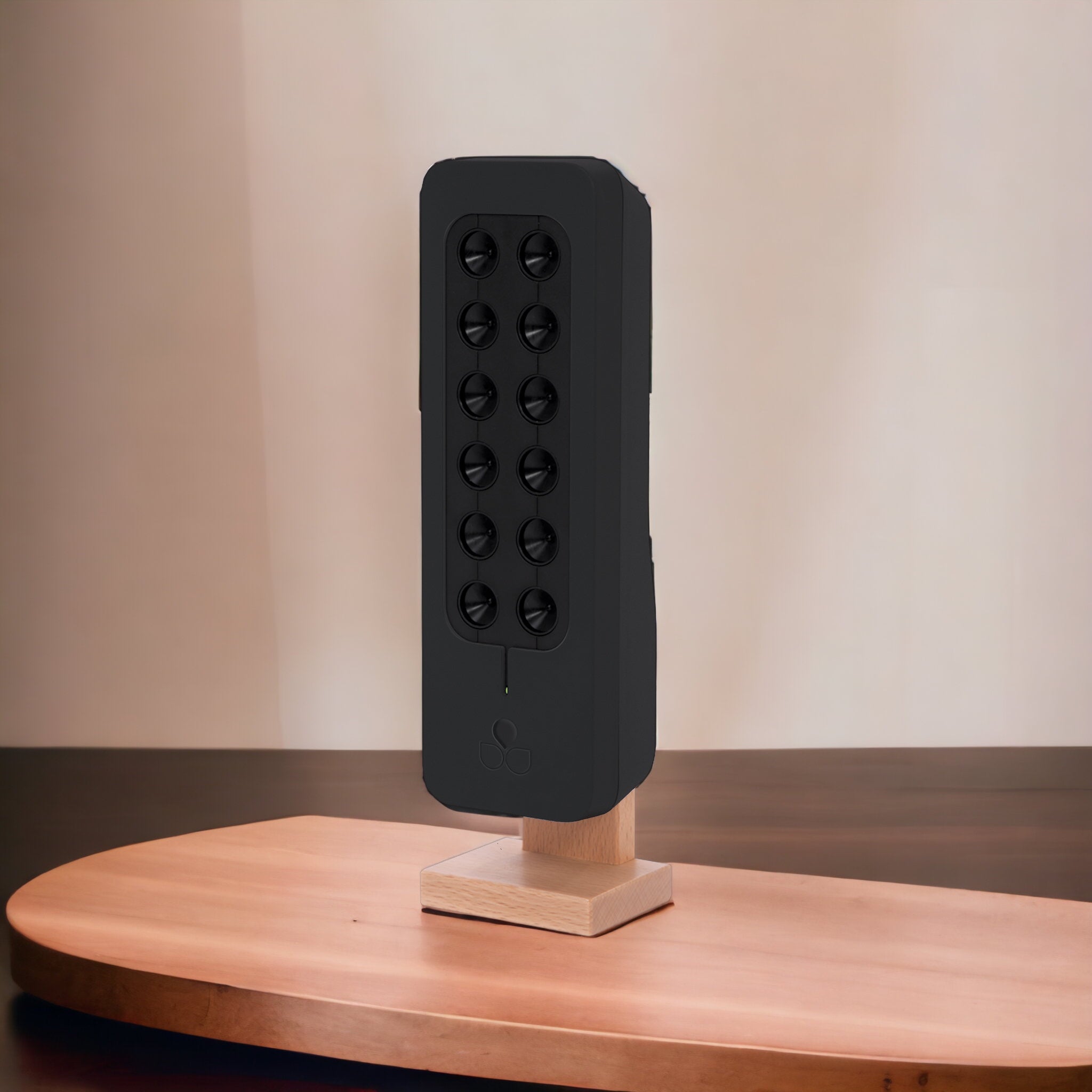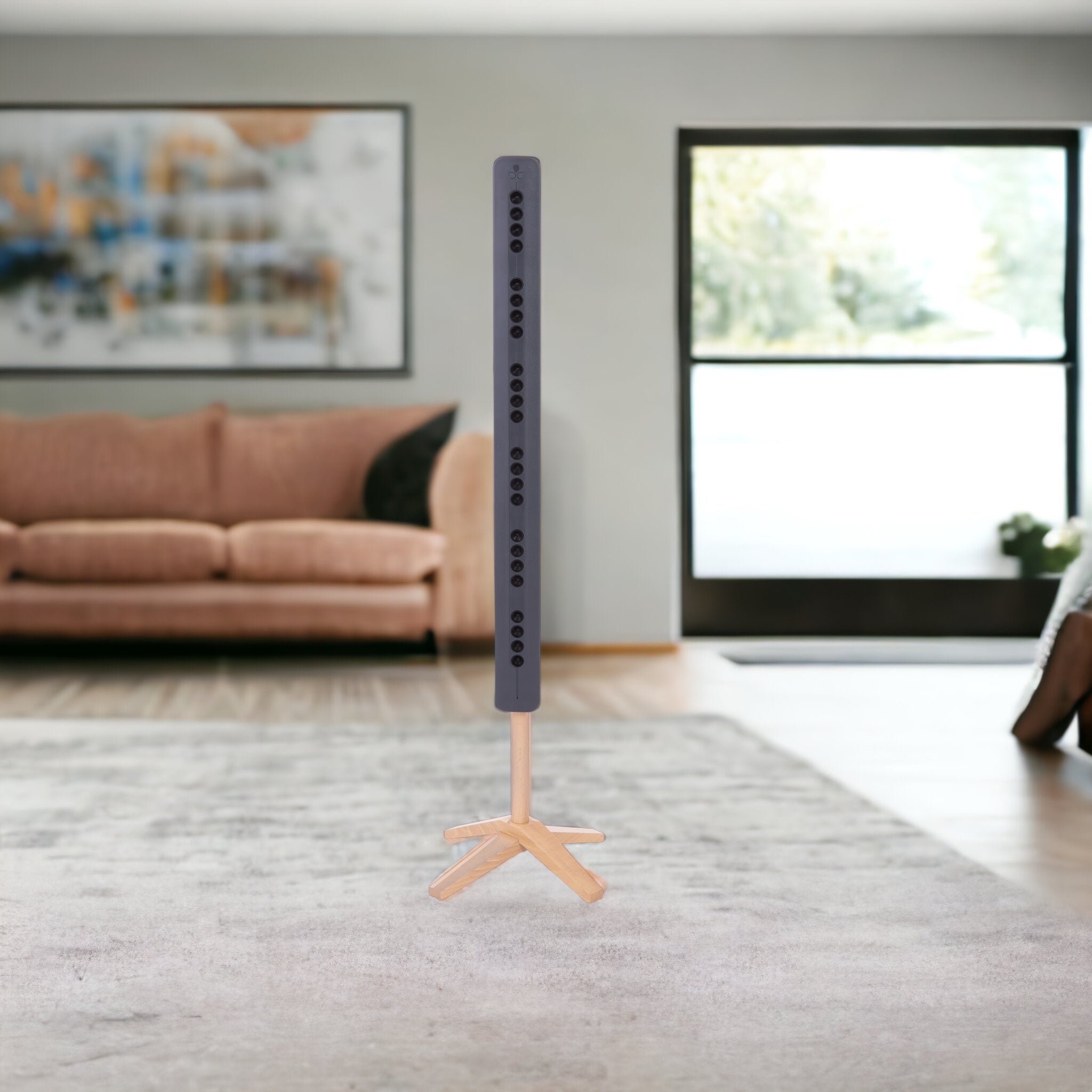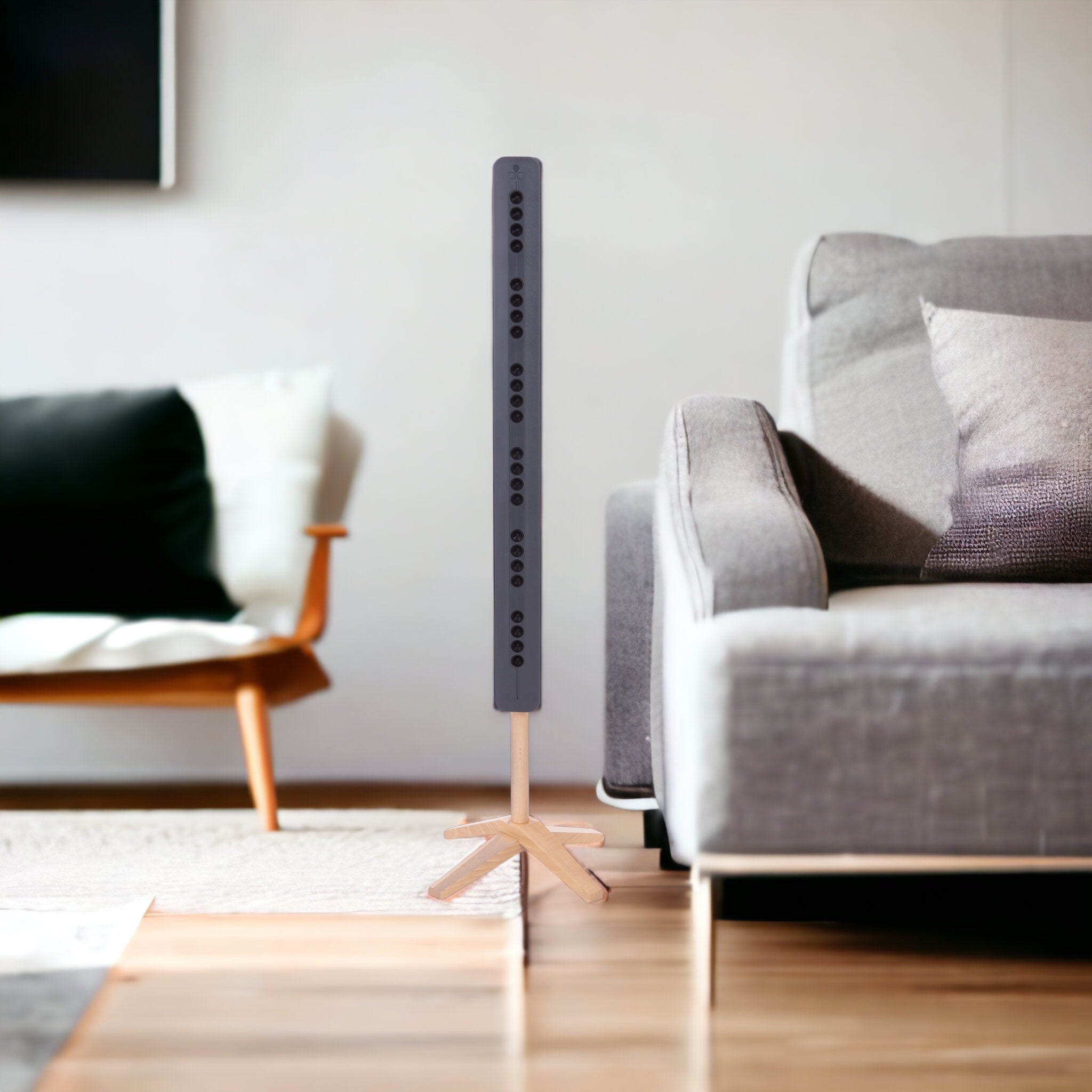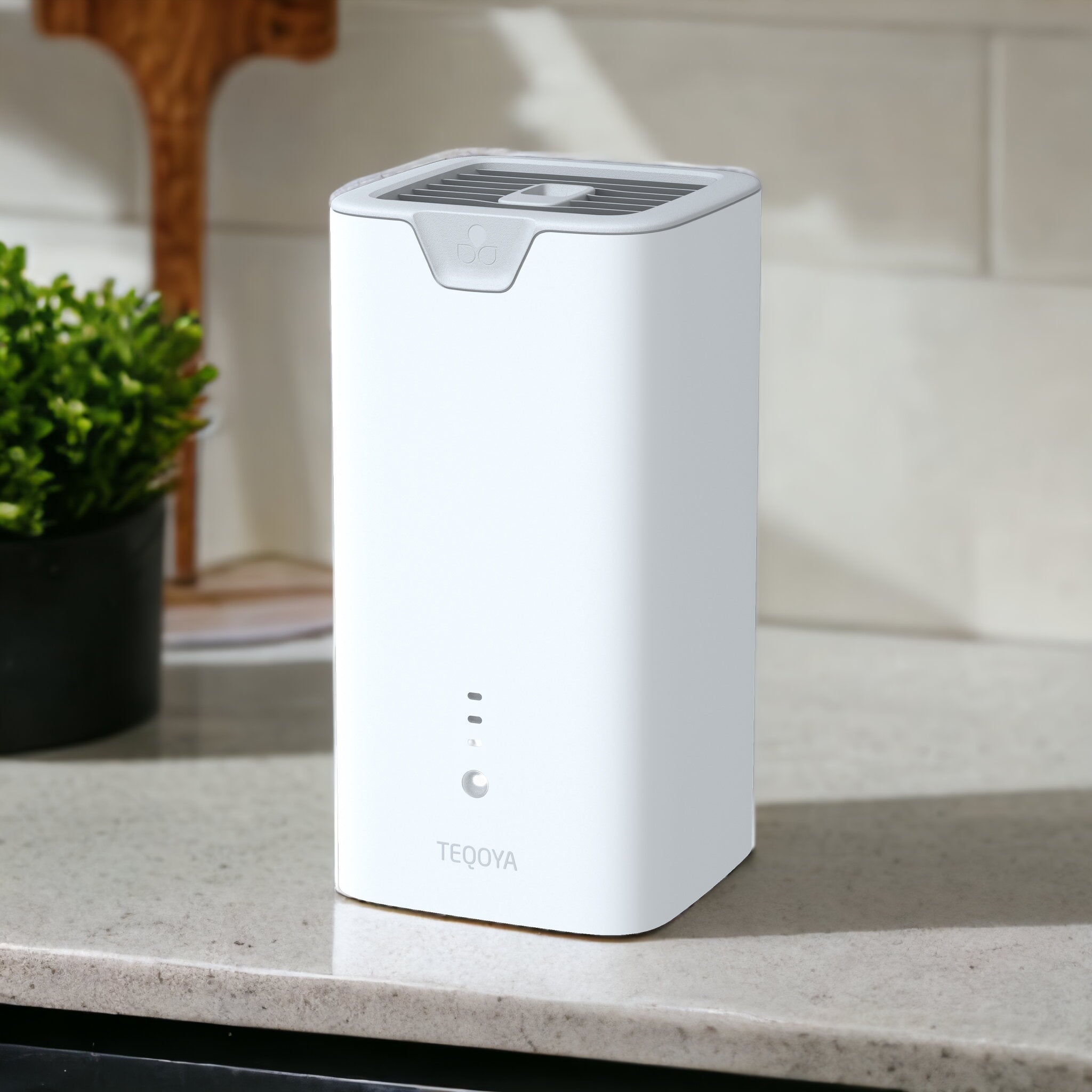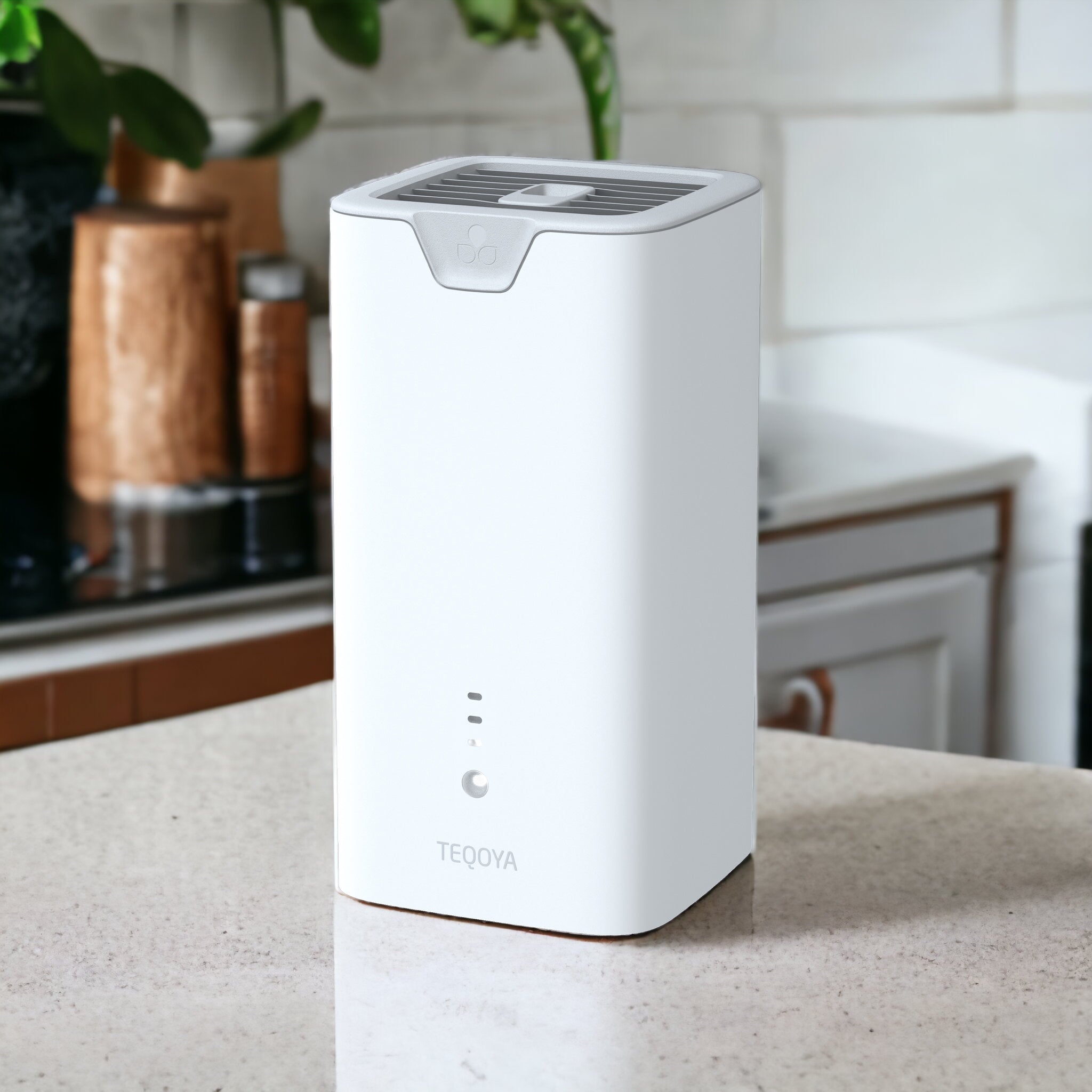Allergic Rhinitis: A Sneak Peek
Allergic rhinitis, characterized by a runny nose, itchy eyes, a scratchy throat, and non-stop sneezing, might resemble a common cold. However, it's an inflammation of the nasal cavity triggered by an exaggerated immune response to allergens such as pollen.
There are two primary types of allergic rhinitis, the Persistent Rhinitis and Seasonal Rhinitis. Persistent rhinitis lingers all year round, whereas seasonal rhinitis occurs when specific pollens are released into the air.
The Role of Genetics and Environment
While the root causes of allergies are largely genetic, the rapid increase in allergy cases is primarily attributed to our urban environment. In these settings, our immune defenses are often weakened by exposure to dust mites, bacteria, pet dander, and more. When presented with allergens, our immune system often struggles to adapt.
Note: Allergists have confirmed that both outdoor and indoor air pollution exacerbates symptoms and contributes to the extension of the pollen emission period.
Impact of Air Pollution and Global Warming on Allergies
Air pollution and global warming significantly worsen the toxicity of pollen. Specific pollutants can weaken the surface of pollen grains, causing them to release potent allergens.
Global warming, on the other hand, intensifies the effects of pollen, causing them to evolve and multiply. During pollution peaks, the fine particles inhaled irritate the respiratory tract, making it easier for pollen to infiltrate our bodies.
Even in cities with sparse greenery, the urban populace is susceptible to respiratory allergies when spring sets in.
Expert Advice
Naturopathy offers plenty of solutions to allergies. Minimizing exposure to allergens is crucial. For instance, carpets, which are breeding grounds for dust mites, should be avoided.
Asthmatics and allergy sufferers experience most coughing fits at night. Hence, making your bedroom more allergy-friendly is essential. One way to do this is by installing a TEQOYA ionizer, which effectively combats 99% of allergens as well as ultrafine particles and bacteria.
Watch the full interview on video.
Battling Allergic Rhinitis
To better manage allergic attacks and enjoy the outdoors during allergy season:
- Get a diagnosis to identify the allergen you're sensitive to.
- Keep track of pollution and pollen peaks.
- Avoid outdoor sports and strenuous activities during these peaks.
- Ensure to air your house briefly in the morning and evening, keeping windows closed for the rest of the time.
- Change and wash your clothes more frequently as pollen sticks to fibers and clothing.
- Regularly clean your house to minimize dust.
Consider installing a TEQOYA air ionizer in your bedroom. It's as effective against allergens, ultrafine particles, and bacteria, ensuring better sleep and reduced coughing fits during the night.
Ready to enhance your bedroom air quality? Order your Teqoya Desk here.
For more information, watch our video on YouTube.
Global Prevalence of Allergic Rhinitis
Allergic rhinitis affects up to 40% of people worldwide. Its symptoms, which can be seasonal or year-round, have been linked to increased air pollution.
Air pollution can aggravate allergic rhinitis symptoms like headaches, blocked or runny noses, itchy or watery eyes, and sleep disturbances.
World Allergy Week (April 7-13) is devoted to raising awareness about the invisible enemy in our homes: indoor air pollution.
Surprising Sources of Indoor Air Pollution
Several surprising sources contribute to indoor air pollution. They include:
- Cooking: About one third of the world's population cook with solid biomass, resulting in high indoor air pollution levels. Even making toast can make your home more polluted due to the burning of crumbs at the bottom of the toaster.
- Heating: Heating homes with open fires also impacts indoor air quality. Log-burning fires and scented candles can contribute to high levels of indoor air pollution.
- Cleaning: Cleaning products contain VOCs that contribute to indoor air pollution. Scented cleaning products are especially harmful.
Tips to Reduce Indoor Air Pollution
- Open doors or windows while cooking or use an extractor fan.
- Avoid burning scented candles or incense sticks if you suffer from allergies.
- Introduce certain houseplants into your home or office, such as a Spathiphyllum (Peace Lilly) or a Chrysanthemum sapling.
- Always open windows when cleaning.
The Impact of Allergies on Wellbeing
Allergies significantly impact wellbeing, affecting psychological and physical health.
Allergic rhinitis symptoms like a blocked or runny nose and itchy eyes can hinder a person's ability to work and affect their personal lives.
Take our “Air Pollution: The Invisible Enemy of Allergy Quiz” to test your air pollution knowledge and assess your potential risk of indoor air pollution.
For more information on allergic rhinitis, talk to a healthcare practitioner.
Conclusion
The link between air pollution and allergies is clear. By understanding the triggers and taking preventative steps, we can better manage allergies and improve our overall wellbeing.
Remember, a cleaner environment starts with you. So, let's do our part to reduce air pollution and protect our health.

